In today’s fast-paced digital world, grabbing your audience’s attention and conveying your message effectively is a challenge. This is where animated explainer videos come into play. These engaging and informative videos have become a powerful tool for businesses, educators, and content creators alike. In this comprehensive guide, we will explore the world of animated explainer videos, from their benefits and types to the step-by-step process of creating your own. So, let’s dive in!
Now, let’s delve into each section in detail.
Table of Contents
What Are Animated Explainer Videos?
Animated explainer videos are short, engaging videos designed to explain a concept, product, or service in a clear and concise manner. They combine visual elements, animations, and narration to simplify complex ideas and capture the viewer’s attention. These videos are incredibly versatile and can be used for various purposes, such as introducing a new product, educating your audience, or telling a compelling story.
Benefits of Using Animated Explainer Videos
- They are attention-grabbing and retain viewers’ interest.
- They simplify complex concepts and make information easier to understand.
- They can be customized to match your brand’s style and message.
- They are shareable on multiple online platforms.
- They can boost conversion rates and sales.
Types of Animated Explainer Videos
2D Animation
2D animation involves creating characters, objects, and scenes in a two-dimensional space. It’s a popular choice for its simplicity and versatility.
3D Animation
3D animation adds depth and realism to your videos by using three-dimensional objects and environments. It’s often used for more complex visualizations.
Whiteboard Animation
Whiteboard animation mimics the process of drawing on a whiteboard. It’s a great choice for educational content and storytelling.
Motion Graphics
Motion graphics use animated text and graphics to convey information. They are dynamic and visually appealing.
Planning Your Animated Explainer Video
Define Your Purpose
Before you start creating your video, define its purpose. What message are you trying to convey? What action do you want your audience to take after watching it?
Identify Your Target Audience
Understanding your target audience is crucial. Tailor your video to their preferences, needs, and pain points.
Crafting a Compelling Script
Write a script that conveys your message effectively. Keep it concise, engaging, and on-brand.
Storyboarding
Create a storyboard to visualize your video’s scenes and transitions. This step helps ensure a smooth production process.
Stay tuned for the next part of our ultimate guide, where we’ll dive deeper into the production process of animated explainer videos.


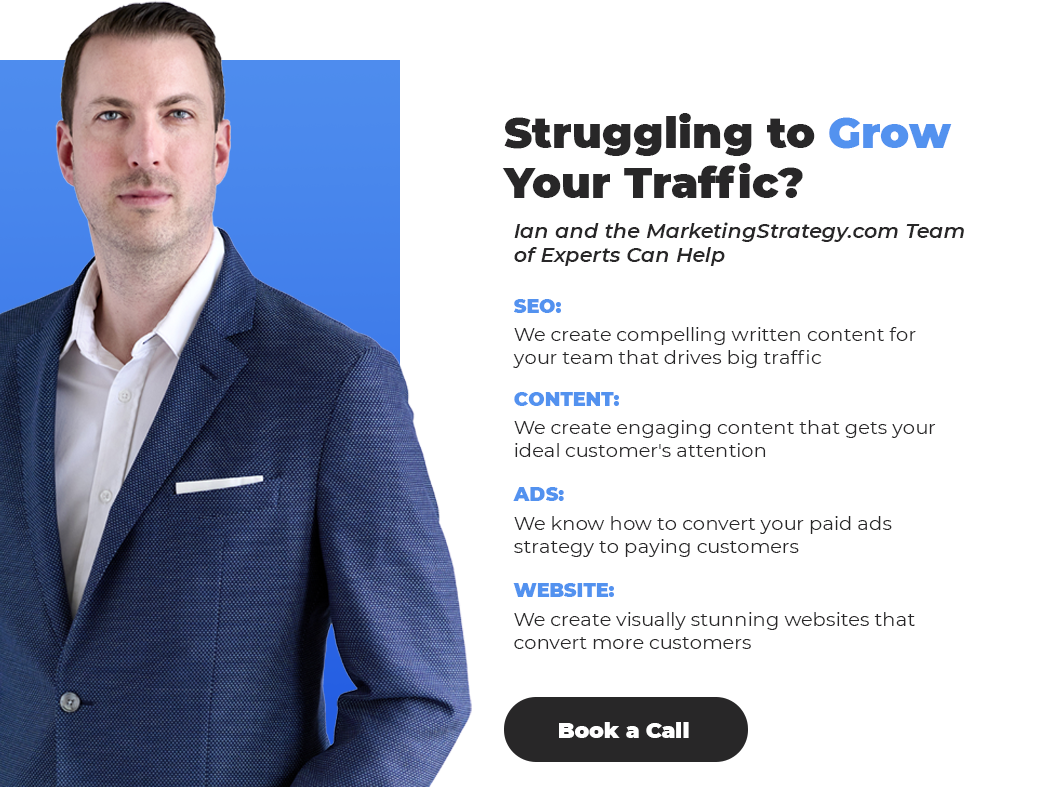





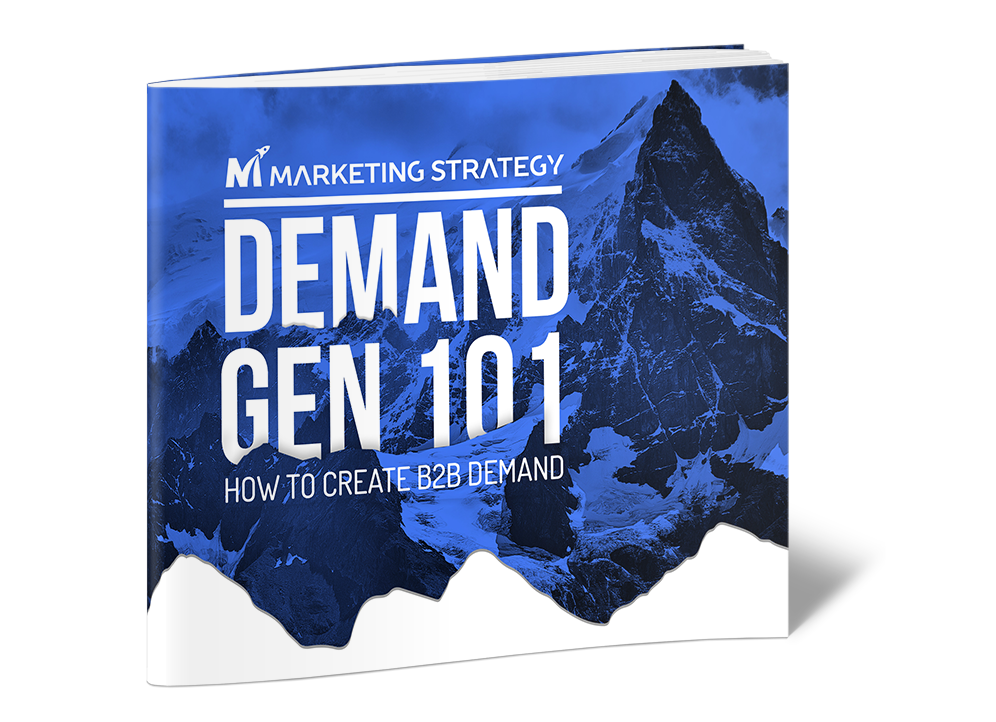

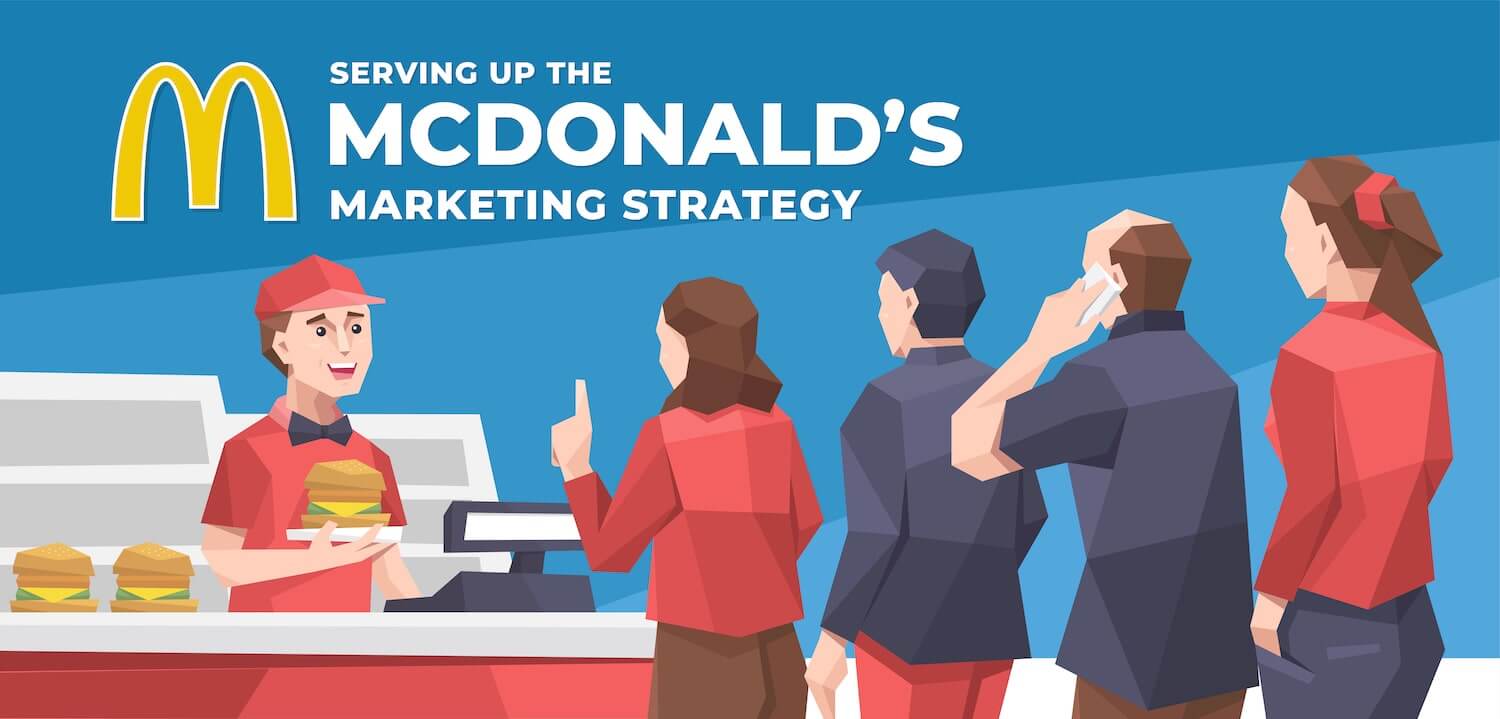
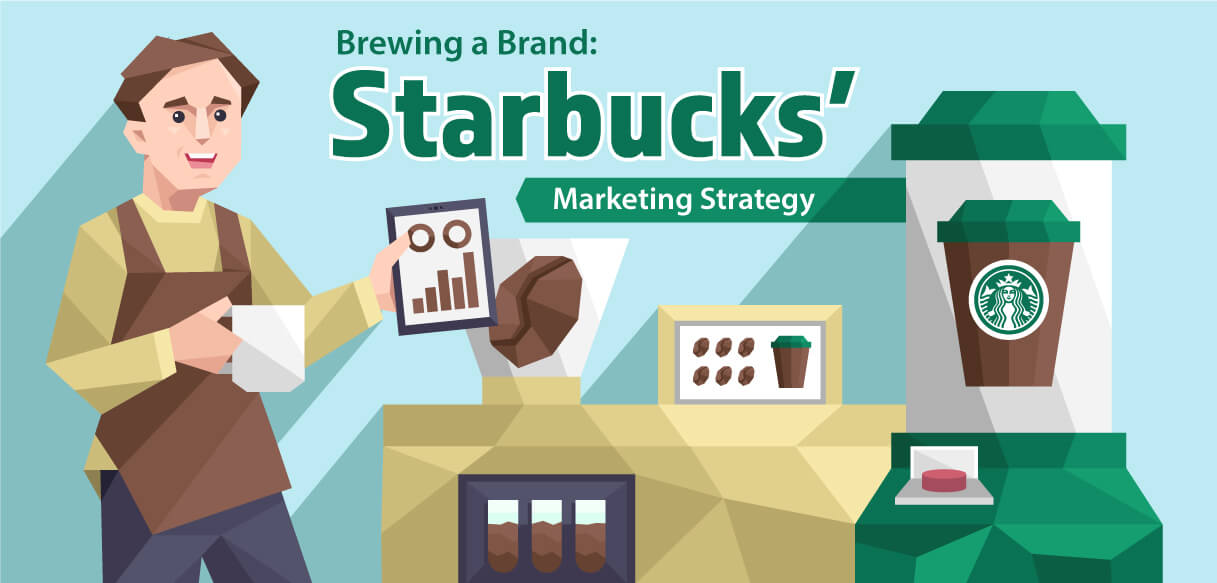
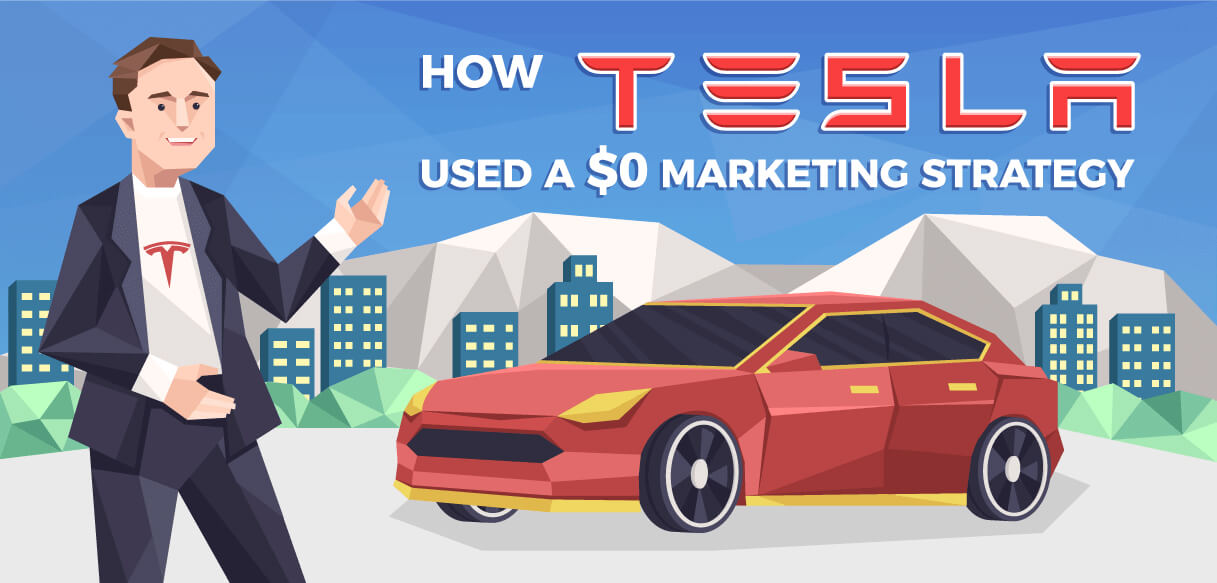

Leave a Reply